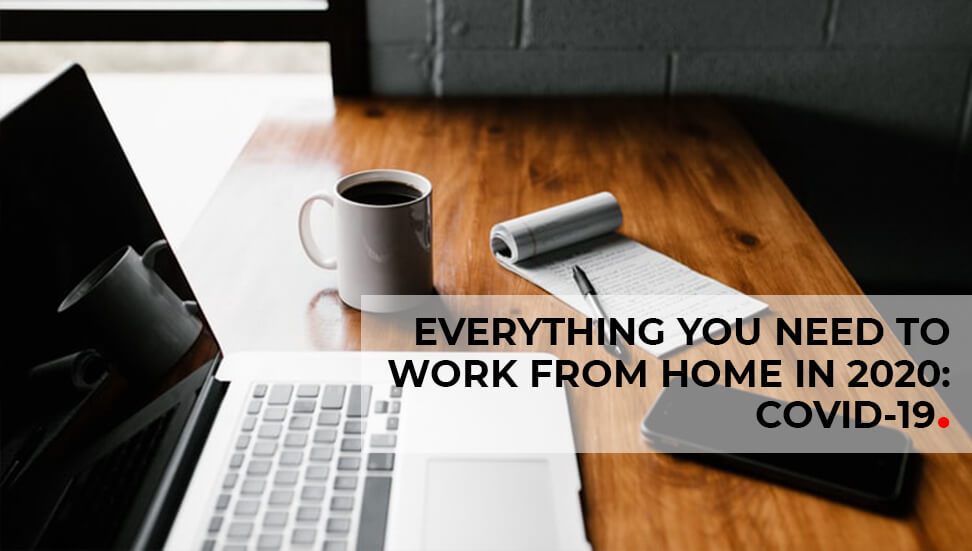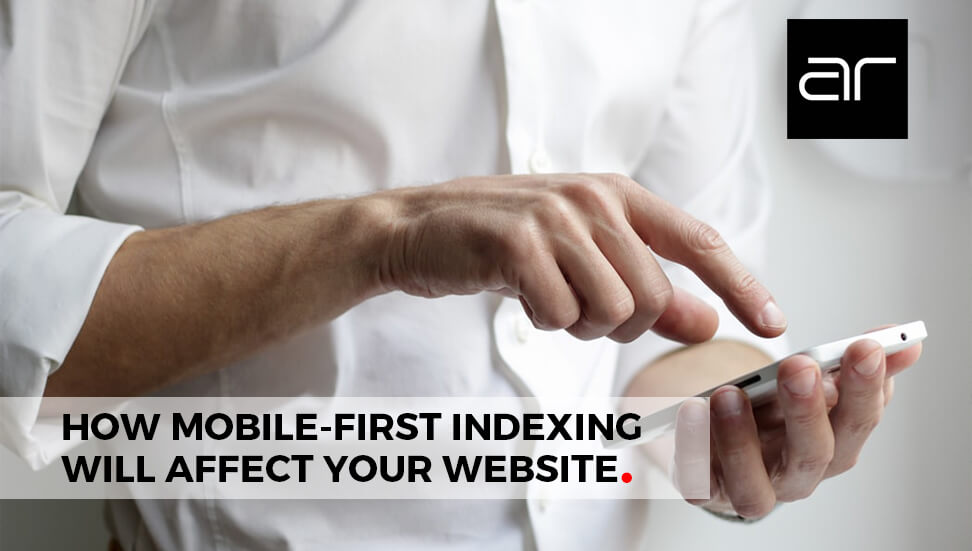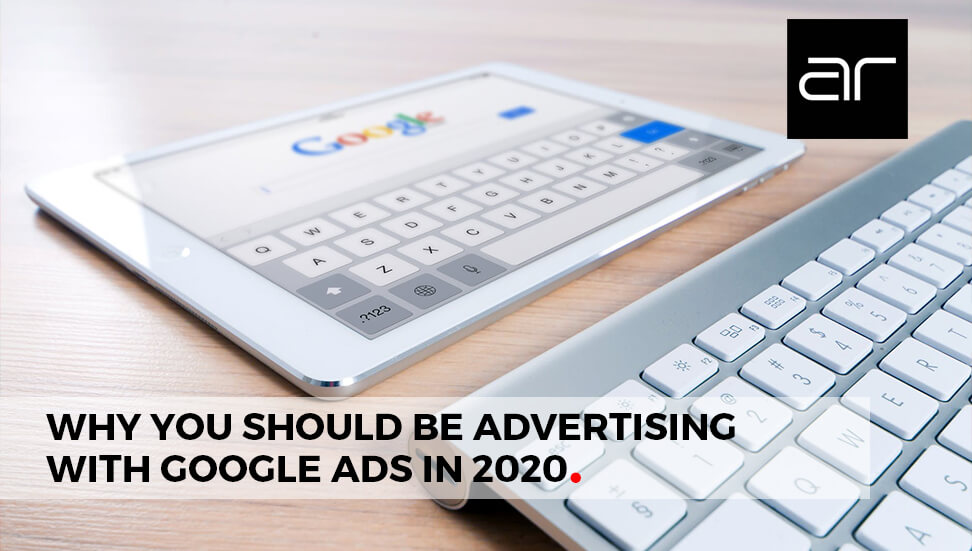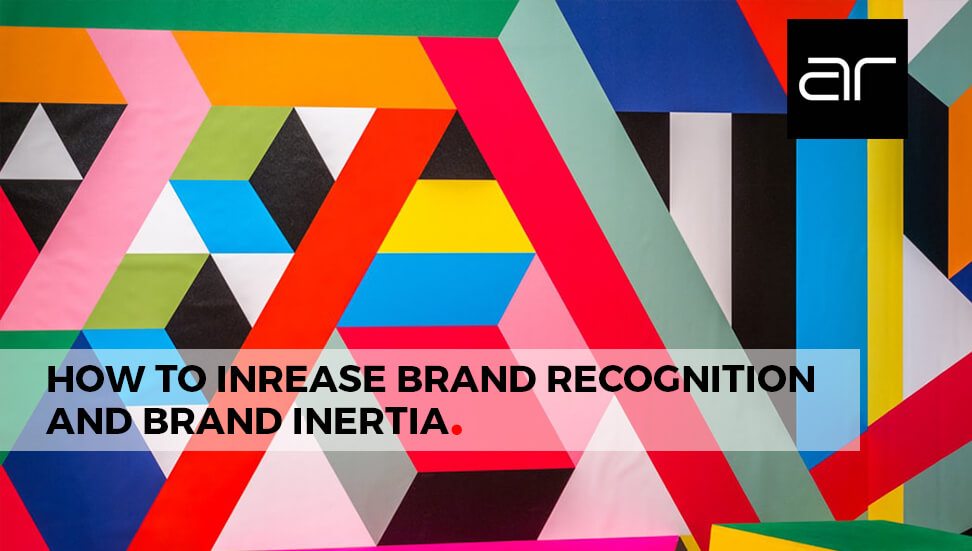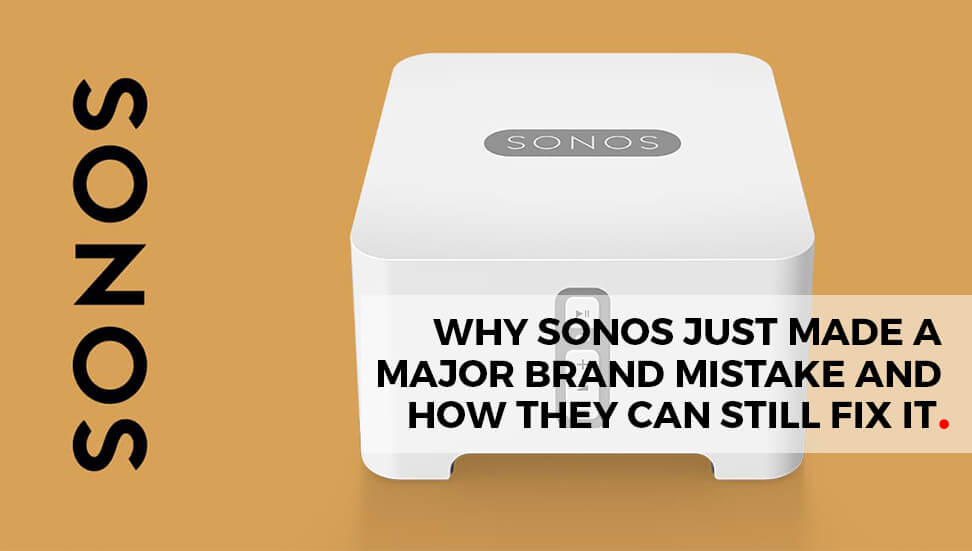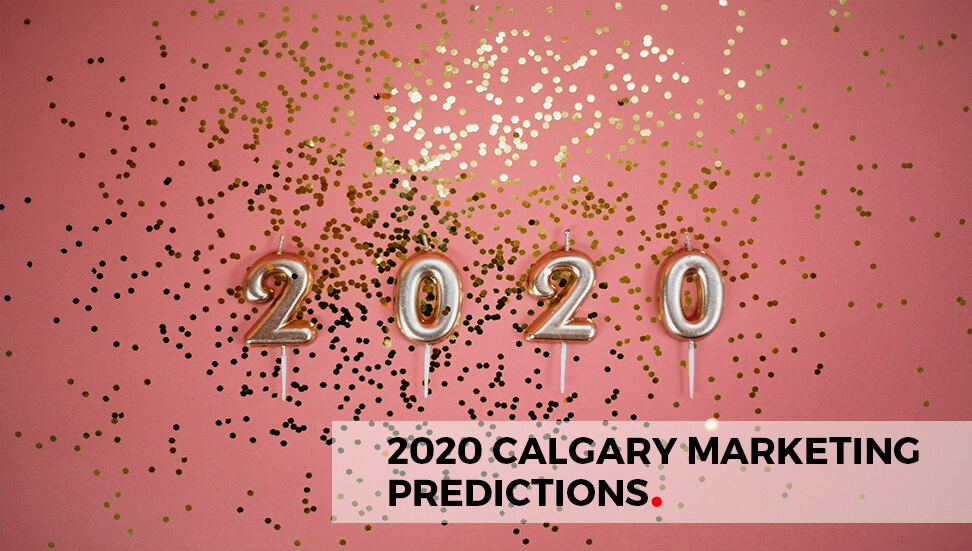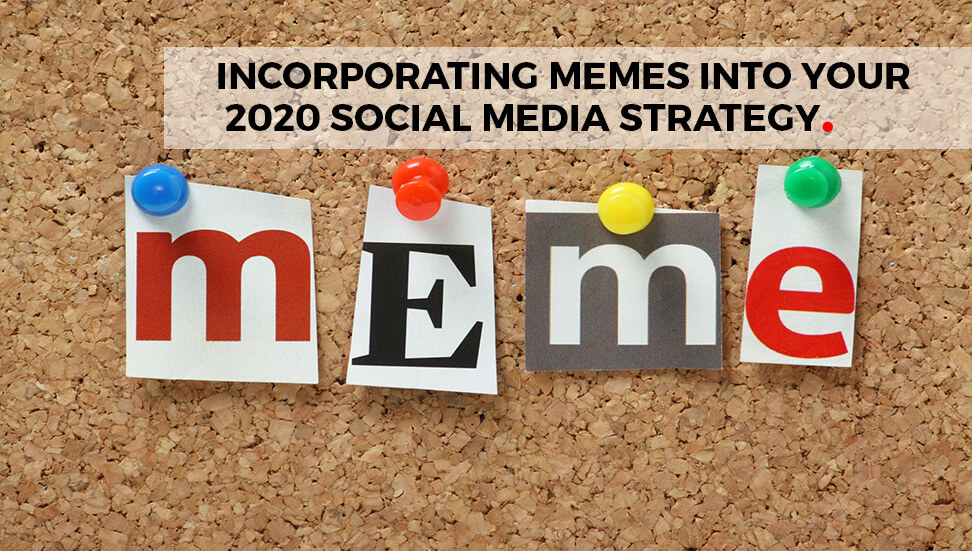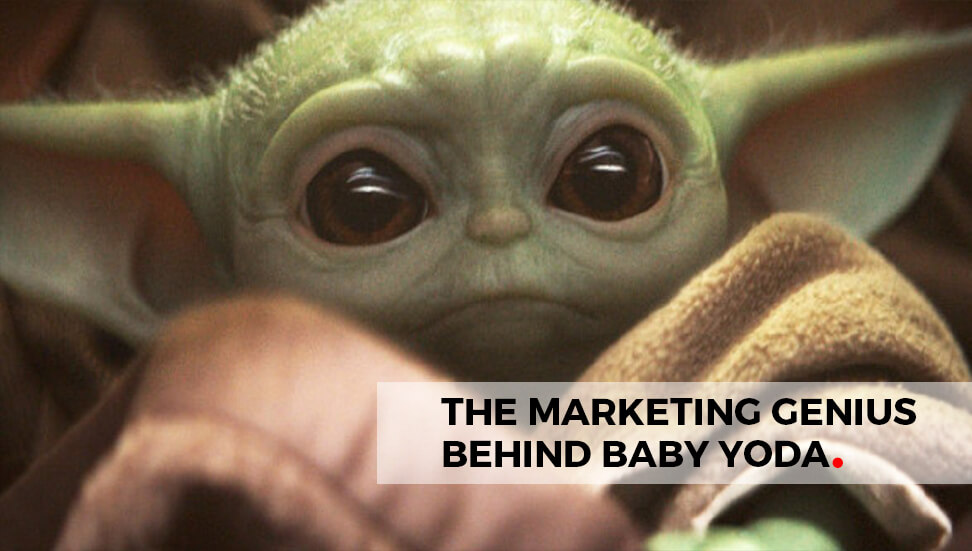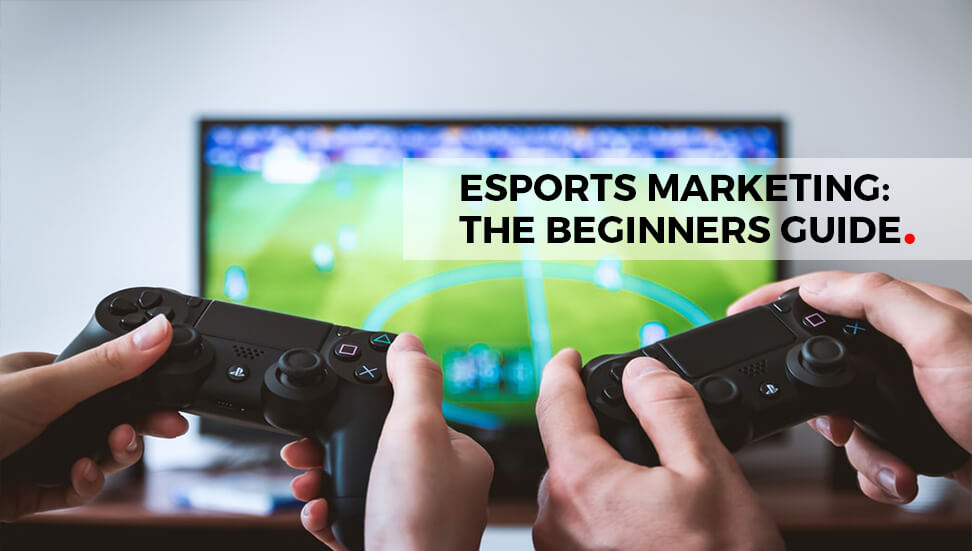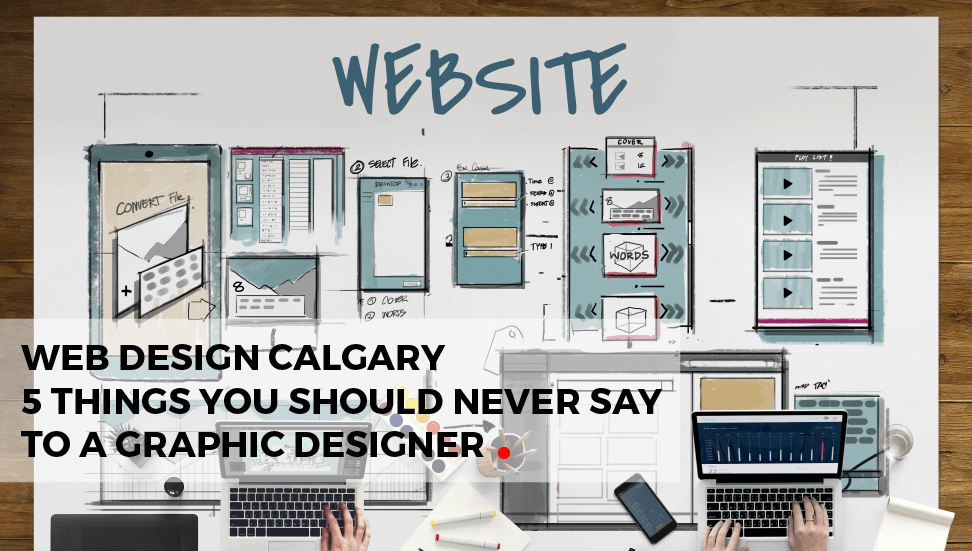Graphic designers must deal with all sorts of clients. Some are easier to work with than others. Some of the biggest challenges a designer will have are communication problems. This can be understandable because a client may not understand how a designer thinks or what would constitute bad communication to them. There are several things you should never say to a graphic designer. A professional graphic designer might not react negatively to you saying any of these statements, but they do not appreciate any of them all the same.
Below are some examples of things you should not say to a graphic designer.
-
“Can I get you to do something really quick?”
Designs do not happen quickly. A lot of thought goes into making a design and you should never rush a graphic designer to make something for you. Different designs will take different times to complete but your designer is the one who can tell you how long it will take to complete your project.
It is important to keep in mind that you would want a design of good quality. The quality you require may take some time. Putting the designer under pressure can greatly reduce the quality of your project.
Your designer may be willing to accept an extra task here and there but will appreciate a little consideration when randomly assuming he has time for your project. One of the jobs of the designer is to give you a time estimate, let him do his job.
Every design project has its own process and time requirement and every designer has their own creative process. If you have time constraints, communicate them to your designer and he will accommodate them when giving you an estimate.
-
“Can you put it in a format that we can edit?”
Why would you want a file you can edit? Because you want to edit the file, you may say. It is a bad decision to want to do this. If you have assigned a project to a designer, it most likely means you trust their work, so let them do it.
If you want to edit their work, you will most likely need professional tools and software. Even if you have a good knowledge of using the required software, you stand a high chance of ruining the job the designer has done for you.
If you want a design you can edit and tweak, there are two ways to go about it.
One, you could find online software that allows you to download templates of designs that you can edit to create what you desire. An example of such software is Canva.
The second option is to ask your designer to create a template where you can easily switch certain elements like pictures and content in a few minutes.
It is better to leave the professionals to do their jobs.
3.“Can you provide us with different versions of it? We’ll make a decision when we see it”
Would you go to tell a fashion making your wedding gown or suit to make five different versions and then you’ll pick one when they are done? Probably not. If you wouldn’t do that for your fashion designer, don’t do it to your graphic designer.
Just like it would take the fashion designer time and other resources to make the five dresses, it would take the graphic designer time and resources to make five designs only for you to pick one and discard the others. Just because graphic design is often digital rather than physical doesn’t mean your graphic designer did not take as much care and time to make it.
For the design job to go smoothly, it is better if you and your graphic designer sit down and develop a detailed creative brief. The brief helps the designer understand what you are looking for and what you are trying to achieve. This way they can create something closer to your vision for your graphic design.
-
“Can you add these related items in addition to the initial design?” in the middle of a project.
Expanding the scope of the business after agreeing to terms before it starts is something you don’t want to do to a designer. Making these sudden changes especially when you want the designer to accommodate it all under the original price is unfair.
This is part of why you need a creative brief before you start the project. While developing the creative brief, you would have discussed the schedule for the project, the budget and the deliverables. This way you are both on the same page. Any additions, extra or unexpected needs will be discussed as a separate contract and you cost and schedule that differently.
It is also not very good to say, “can I make this change, it will be the last one”. You know this is not likely to be the last change. Be upfront and be apologetic about the changes. Add the extra time these changes will probably cost to your schedule.
If you are going to make changes, compile a list of the changes and do it at once.
-
“You’re the expert there, can’t you just do your creative magic?”
Designers are creative experts who can create beautiful and functional designers. But once again, it is essential to have a creative brief. A designer should not work without information. It is a lot of pressure to expect the designer to read your mind and create something that will suit the vision you have for the project. The designer should be given creative freedom but not unlimited freedom. The designer could create amazing, but it is not exactly what you had in mind.
Something as simple as showing the designer some examples of designs that look like something you want will go a long way.
There are other statements you shouldn’t say are;
“I can’t pay you, but you will get exposure.”
“Can you just get the logo from our website?”
“I know someone who works for half that, will you lower your price?”
Learn more about our Graphic Design Services: http://arcreactions.com/services/graphic-design/

